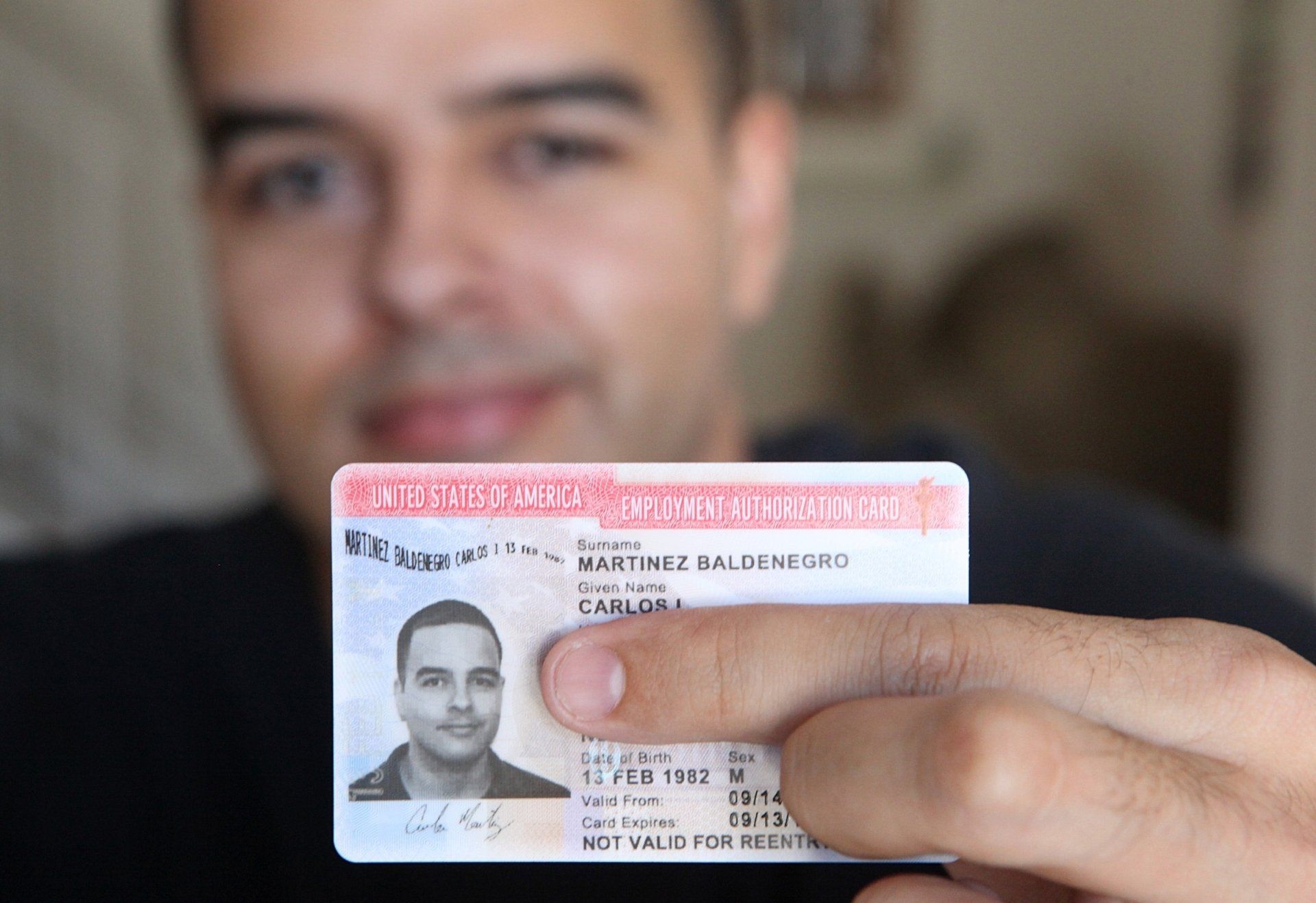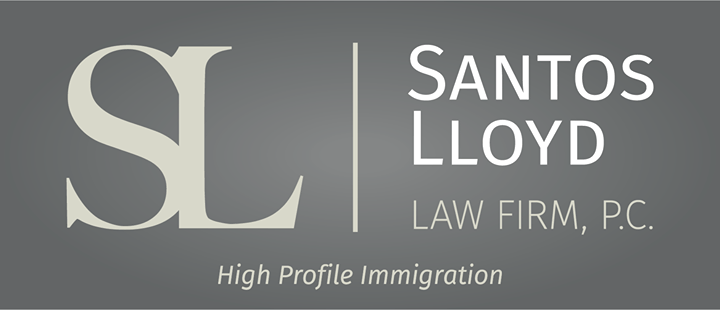Eu posso solicitar autorização de trabalho enquanto meu pedido de asilo estiver pendente?
Angelica Rice • May 4, 2022

Click here to read this article in English
Todos os anos, muitas pessoas vêm para os Estados Unidos buscando refúgio de danos ou perseguição que eles sofreram nos seus países de origem. Essas pessoas pedem Asilo (Formulário I-589) seja diante do USCIS ou em procedimentos de remoção diante de uma Corte de imigração.
Uma questão comum entre todos os aplicantes de asilo, não importa onde eles estão requerendo, é eu posso obter autorização de trabalho enquanto meu pedido de asilo está pendente?
Como resultado de uma mudança na lei em 25 de agosto de 2020, para muitos peticionários de asilo, a resposta para essa pergunta é NÃO.
Entretanto, há algumas exceções e circunstâncias para as quais um requerente de Asilo pode ser elegível e podem receber autorização de trabalho enquanto seus casos estiverem pendentes. Leia para saber mais.
Você não pode solicitar permissão de trabalho (autorização de emprego) nos Estados Unidos ao mesmo tempo que você solicita asilo. Você pode solicitar autorização de trabalho 365 dias corridos após apresentar seu pedido de asilo.
Devido a uma alteração recente nas políticas de adjudicação de casos nas Cortes de Imigração, os tribunais estão priorizando a adjudicação rápida de casos de imigração, especialmente para os réus que entraram nos Estados Unidos ilegalmente em ou após 1º de novembro de 2020. Muitos desses casos estão sendo adjudicados dentro de um ano do NTA. Isso significa que para a maior parte dos requerentes de asilo em Corte, seus casos não ficarão pendentes por 365 dias e assim eles não se tornarão elegíveis para autorização de trabalho.
Se houver um atraso na adjudicação do caso na Corte, que não tenha sido causado por você, ou se o Requerente está pedindo Asilo diante do USCIS, então você pode ser elegível para receber autorização de trabalho baseado no pedido de asilo se:
- Você entrou nos Estados Unidos legalmente em ou após 25 de agosto de 2020 (em limitadas exceções, você pode ainda ser elegível se você entrou nos Estados Unidos ilegalmente em ou após 25 de agosto de 2020);
- Para pedidos de Asilo feitos em ou após 25 de agosto de 2020, você deu entrada no seu pedido de asilo dentro de um ano da data da sua última entrada nos Estados Unidos (alternativamente, um oficial de imigração ou um juiz de imigração determinaram que você se qualifica para uma exceção de um ano de prazo, ou você era uma criança estrangeira desacompanhada na data em que o pedido de asilo foi feito);
- Você compareceu a quaisquer serviços agendados de biometria relacionados ao seu pedido de asilo ou autorização de trabalho;
- Você compareceu à sua entrevista junto ao oficial de USCIS, ou sua audiência diante do juiz de imigração, se requisitado ou agendado;
- Você não está descrito no 8 CFR 208.7(1)(1)(iii);
- Você não tem um atraso causado pelo aplicante, relacionado ao seu pedido de asilo quando você deu entrada na sua petição inicial para autorização de emprego; e
- Nenhuma decisão final foi feita no seu pedido de asilo (note que uma referência a um juiz de imigração após uma entrevista com o USCIS não é uma decisão final).
Se na data que o seu pedido inicial de autorização de emprego (EAD) for feito houver um atraso não resolvido na adjudicação do seu caso de asilo causado por você, seu pedido de EAD pode ser negado. Exemplos desses atrasos causados pelo peticionário incluem, mas não estão limitados a:
- Pedido de alteração ou suplemento de um pedido de asilo. Causando um atraso na sua adjudicação ou procedimentos;
- Não comparecimento para receber e acusar o recebimento da decisão;
- Pedido para fornecimento de evidência adicional para uma entrevista, ou pedido de extensão para submeter evidência adicional a menos de 14 dias antes da data de entrevista, e causando um atraso na adjudicação do pedido de asilo;
- Não comparecimento a uma entrevista de asilo, a menos que o USCIS o dispense;
- Não comparecimento para a coleta de biometria agendada para o pedido de asilo, a não ser que USCIS o dispense;
- Pedido para reagendamento de uma entrevista para uma data posterior;
- Pedido para a transferência de um caso para um novo escritório de asilo ou local de entrevista, incluindo quando a transferência for para um novo endereço;
- Não usar um intérprete contratado do USCIS ou de fornecer um intérprete competente para uma entrevista; ou
- O não cumprimento de qualquer outra solicitação necessária para determinar a elegibilidade para asilo.
* Certas ofensas criminais ou condenações vão torná-lo inelegível para um EAD.
Se você tem perguntas sobre elegibilidade para autorização de trabalho por meio de um pedido de asilo pendente, entre em contato com um dos nossos experientes advogados de imigração.
Este blog não tem o propósito de ser um aconselhamento jurídico e nada aqui deve ser construído como o estabelecimento de um relacionamento advogado-cliente. Por favor, agende uma consulta com um advogado de imigração antes de agir sobre qualquer informação lida aqui.

Once you have connected with a college program, have been admitted to the school, and deemed eligible to compete athletically, you will need to secure an F-1 student visa in order to actually attend your new college and begin your time as a student athlete. The first step in the visa process is to receive your Form I-2

For many talented athletes around the world, U.S. college athletics represent a remarkable opportunity to combine elite athletic competition with higher education. In sports such as basketball, soccer, track and field, and tennis, among others, hundreds of colleges and universities across the United States offer struct

Under the new regulation, if a person filed or files Form I-589, Application for Asylum and for Withholding of Removal after October 1, 2024, and the application remains pending with USCIS for 365 days, the applicant must pay an Annual Asylum Fee (AAF) on the one-year anniversary of his or her filing date.


